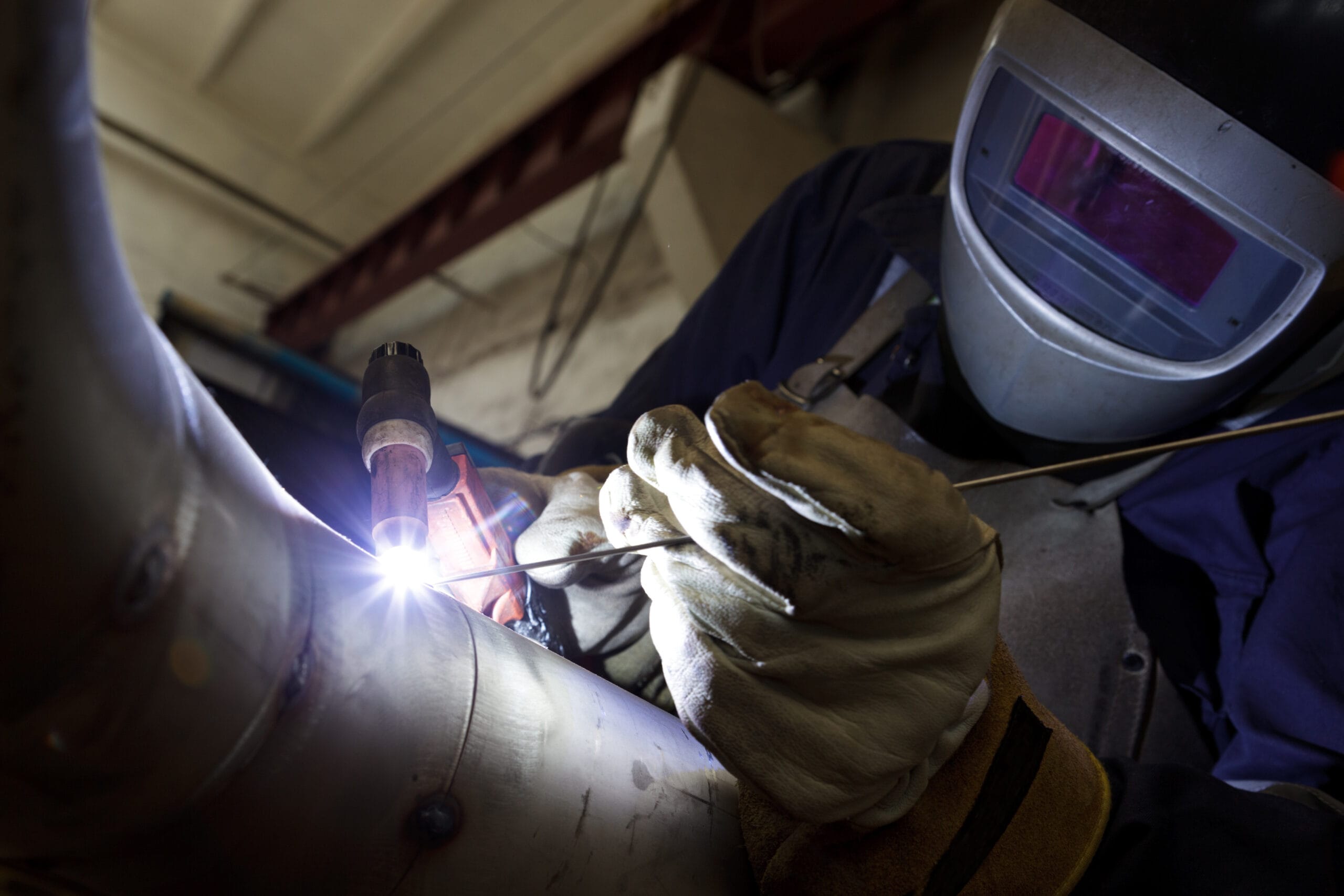
Your hands are your most valuable tools—and in electrical environments, they’re also the most exposed. A single accidental contact with a live conductor can lead to instant injury or fatal shock. That’s why voltage-rated gloves are a non-negotiable part of arc flash protection.
These gloves are not your typical work gloves. They’re precision-tested, specially insulated barriers that protect the wearer from direct electrical contact—even in high-voltage scenarios.
What Are Rubber Insulating Gloves and Why Are They Needed?
Rubber insulating gloves are designed to prevent electrical current from passing through a worker’s body via the hands. They act as a non-conductive layer between the skin and energized components, especially during tasks like:
- Operating or maintaining switchgear
- Working in live panels
- Handling energized cables or terminals
- Performing lockout/tagout procedures
Even with all other PPE in place, bare hands near energized equipment are a major risk. Rubber gloves are the last line of defense—and can save lives in situations where mistakes happen.
⚠️ OSHA mandates the use of voltage-rated gloves whenever working inside an energized panel or within shock protection boundaries.
Glove Classifications by Voltage Rating (Class 00 to Class 4)
Not all voltage-rated gloves are the same. They’re categorized by Class, with each class offering protection up to a certain voltage level.
| Class | Max Use Voltage (AC) | Max Use Voltage (DC) | Color Code |
|---|---|---|---|
| 00 | 500V | 750V | Beige |
| 0 | 1,000V | 1,500V | Red |
| 1 | 7,500V | 11,250V | White |
| 2 | 17,000V | 25,500V | Yellow |
| 3 | 26,500V | 39,750V | Green |
| 4 | 36,000V | 54,000V | Orange |
How to choose:
- Conduct a shock hazard analysis of the work environment
- Match glove class to the maximum voltage exposure
- Ensure gloves are marked with class, size, and manufacturer info
✅ Pro tip: Always size gloves correctly—too tight can reduce dexterity, too loose can cause accidents.
The Role of Leather Protectors in Arc Flash PPE
While rubber gloves protect against electricity, they’re not very durable. That’s where leather protectors come in.
Leather protectors:
- Go over rubber insulating gloves
- Provide mechanical protection from cuts, punctures, and abrasions
- Help extend the life of the rubber glove beneath
Spacing requirements:
To ensure safety, there must be a minimum cuff clearance between the leather protector and the glove’s edge:
| Glove Class | Minimum Distance |
|---|---|
| 00 & 0 | ½ inch (13 mm) |
| 1 | 1 inch (25 mm) |
| 2 | 2 inches (51 mm) |
| 3 | 3 inches (76 mm) |
| 4 | 4 inches (102 mm) |
Never use leather protectors alone—they’re not electrically insulating.
Glove Testing Requirements: ASTM D120 and ASTM F496
Voltage-rated gloves are only effective if they’ve been tested and certified to withstand voltage safely.
Applicable standards:
🔹 ASTM D120
- Covers manufacture and design of rubber insulating gloves
- Requires gloves to be clearly marked with voltage class, size, and production date
🔹 ASTM F496
- Details in-service testing and inspection procedures
- Defines requirements for visual inspection, inflation tests, and dielectric strength testing
Testing frequency (per OSHA 1910.137):
- Gloves must be dielectrically tested every 6 months
- Gloves must be visually inspected before each use
- Air testing (inflation) should be done by the user daily or before every shift
⚠️ Gloves should also be retested immediately if they’ve been dropped, damaged, or exposed to oil or chemicals.
Proper Storage and Glove Inspection Checklist
Improper storage can degrade glove integrity—even if the gloves look fine on the surface.
Storage tips:
- Keep gloves in a cool, dry place—away from sunlight, oil, and chemicals
- Store flat or hanging, cuff up, in a protective glove bag
- Never fold or compress gloves for long periods
Before-use inspection checklist:
- ✅ No cracks, pinholes, or cuts
- ✅ No signs of swelling, brittleness, or discoloration
- ✅ Check cuff edge for signs of ozone cutting
- ✅ Perform air test (inflate glove and check for leaks)
Some buyers now track glove usage with digital inspection logs or QR-code tags—a smart option for large crews.
Signs of Wear and When to Replace Arc Flash Gloves
When to retire a glove:
- Fails dielectric test
- Shows signs of aging, such as cracks, sticky surfaces, or odor
- Exposed to petroleum, grease, or solvents
- Punctured or deeply abraded
- Label unreadable or missing class rating
Most gloves have a shelf life of about 12 months from the date of issue if unused, but this varies by brand and condition.
✅ Tip for buyers: Always ask for test certificates and batch records when sourcing gloves from suppliers. Cheap or uncertified gloves are not worth the risk.
Conclusion
Voltage-rated gloves are one of the most important—and most misunderstood—elements of arc flash protection. They serve as the final barrier between your workers and potentially fatal contact with electricity. Choosing the right class, maintaining proper care, and enforcing daily inspections can prevent injuries, lawsuits, and downtime.
If you’re looking for certified gloves, compatible protectors, or full arc flash hand protection kits, I’d be happy to help you find the right solution for your voltage environment.
📩 Contact: [email protected]
🌐 Visit: www.workwearsolutions.net
Zion Zhang
Recent Posts
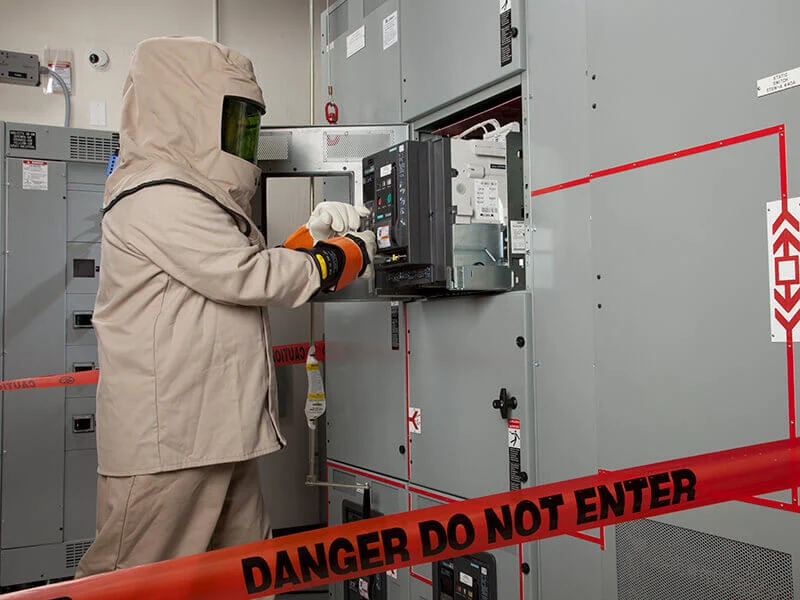 How to Conduct an Arc Flash Risk Assessment Before Selecting PPE2025年6月24日Buying arc flash PPE without a proper risk assessment is […]
How to Conduct an Arc Flash Risk Assessment Before Selecting PPE2025年6月24日Buying arc flash PPE without a proper risk assessment is […]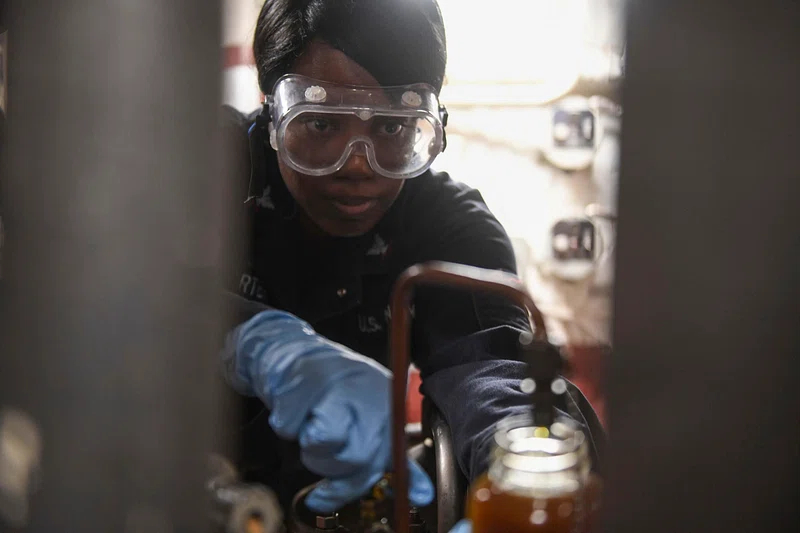 Arc Flash PPE Kits: Complete Protection in One Package2025年6月24日Building an arc flash PPE program from scratch can feel […]
Arc Flash PPE Kits: Complete Protection in One Package2025年6月24日Building an arc flash PPE program from scratch can feel […]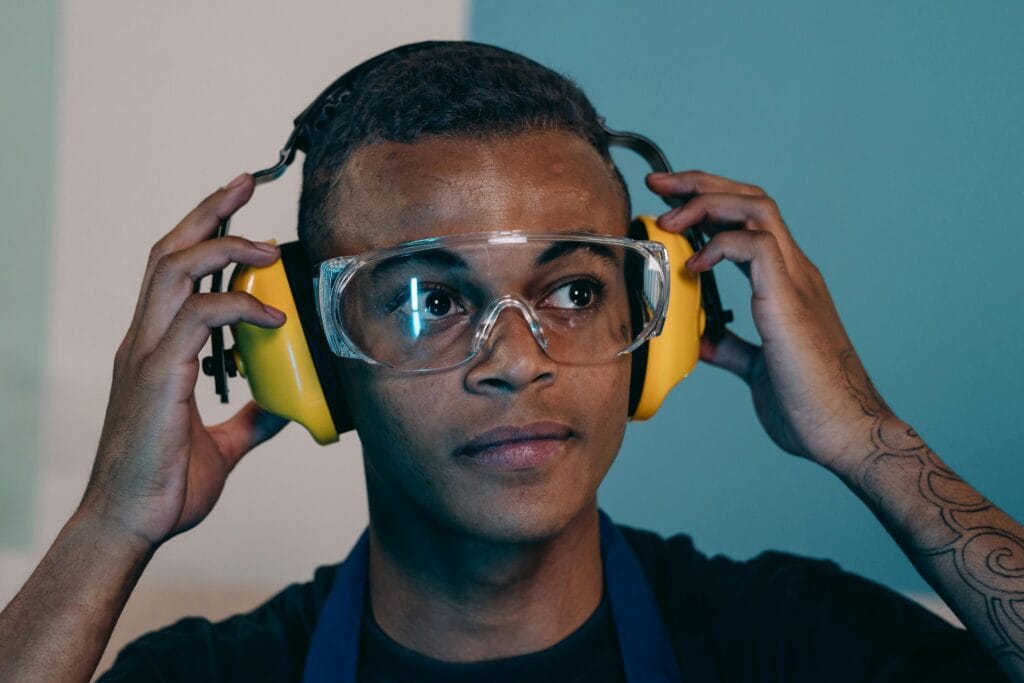 Hearing Protection in Arc Flash Incidents: An Overlooked Necessity2025年6月24日Arc flash injuries are often associated with burns and […]
Hearing Protection in Arc Flash Incidents: An Overlooked Necessity2025年6月24日Arc flash injuries are often associated with burns and […]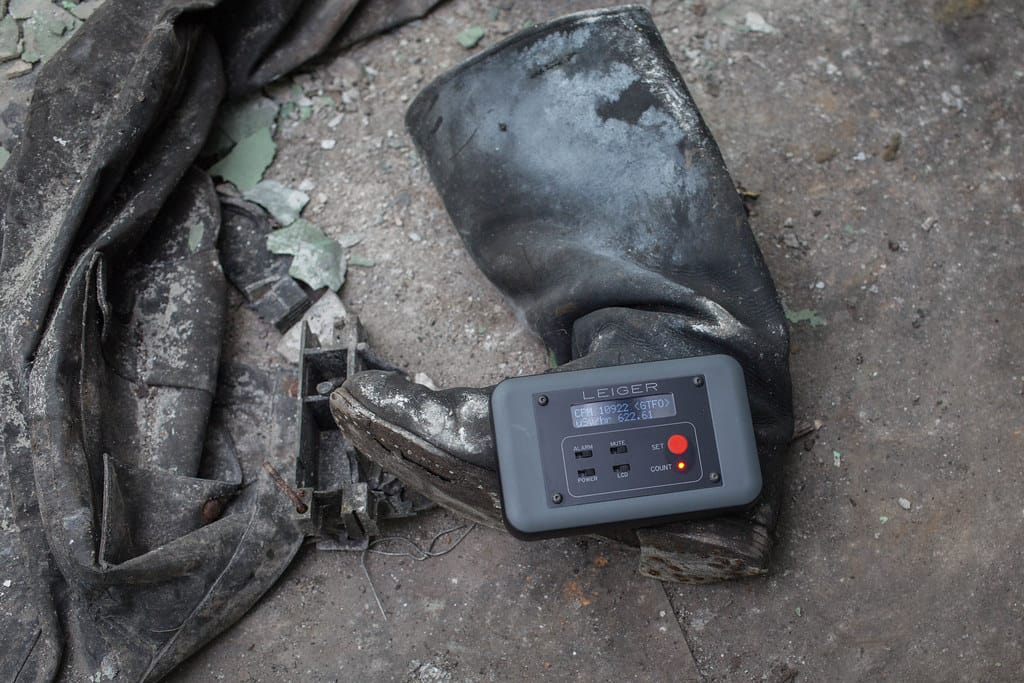 EH-Rated Safety Boots for Arc Flash Environments2025年6月24日In arc flash zones, every part of the body needs […]
EH-Rated Safety Boots for Arc Flash Environments2025年6月24日In arc flash zones, every part of the body needs […]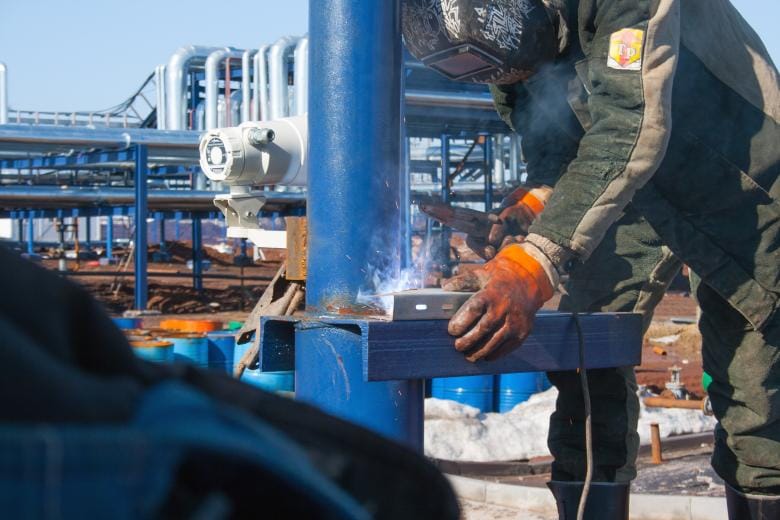 Arc-Rated Outerwear: Jackets, Coats, and Rainwear for Extreme Conditions2025年6月24日Electrical safety doesn’t stop when the weather turns cold […]
Arc-Rated Outerwear: Jackets, Coats, and Rainwear for Extreme Conditions2025年6月24日Electrical safety doesn’t stop when the weather turns cold […]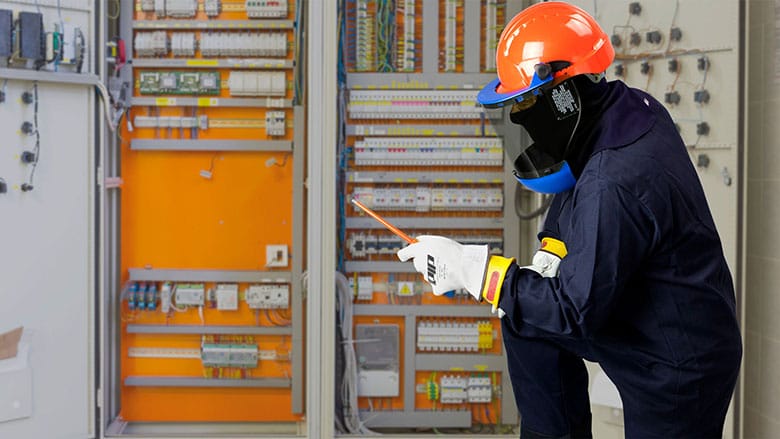 Arc Flash Hoods and Face Shields: Full Protection for the Head and Face2025年6月24日In arc flash environments, protecting the head and face […]
Arc Flash Hoods and Face Shields: Full Protection for the Head and Face2025年6月24日In arc flash environments, protecting the head and face […]
CONTACT US
- Feel free to contact us any time. We will get back to you as soon as we can!
- +86-17330061805
